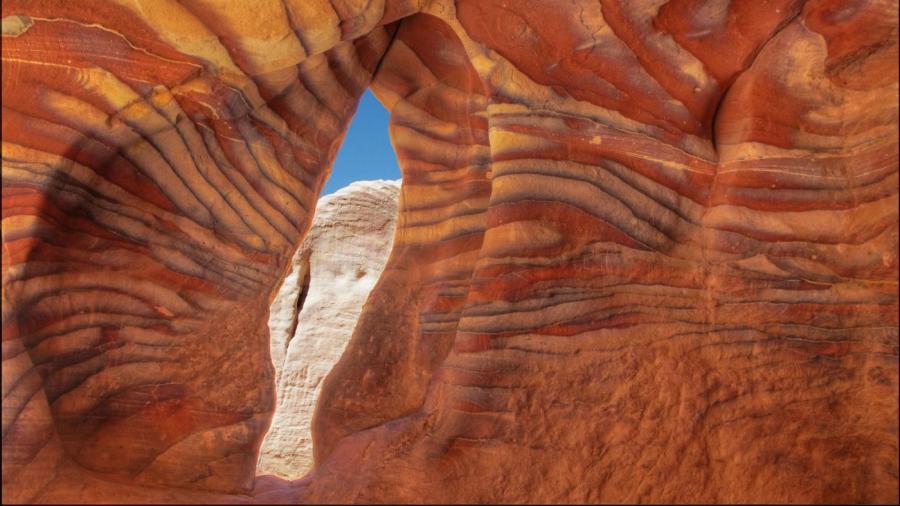How Does Weathering Change the Earth’s Surface?

Weathering constantly changes the earth’s surface by wearing away exposed surfaces, smoothing rough areas of rocks and causing rock materials to break down in time. Weathering creates soil and happens due to ice, wind, water, salt, acids and changes in temperature.
There are two types of weathering that affect the earth’s surface: mechanical and chemical. Mechanical weathering is sometimes called physical weathering and often occurs because of temperature changes on the surface. For example, if enough water seeps into a crack and freezes, it expands. This causes it to work as a wedge and it slowly splits open nearby rocks. As the ice melts, the resulting water carries away bits of the broken rock.
Chemical weathering changes the composition of the materials that make up rocks and soil. A good example of this is what happens when carbon dioxide is abundant in an area. High carbon dioxide combined with water produces an acid called carbonic acid. In time, carbonic acid dissolves rock.
Although both types of weathering are natural processes, humans and animals often unwittingly speed things up. Animals, such as dogs trampling across rocks and soil, speed up the process and air pollution caused by people increase the rate of weathering.





